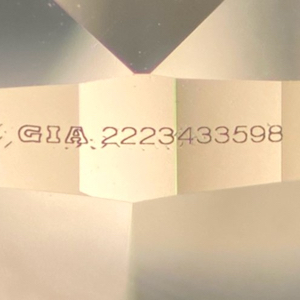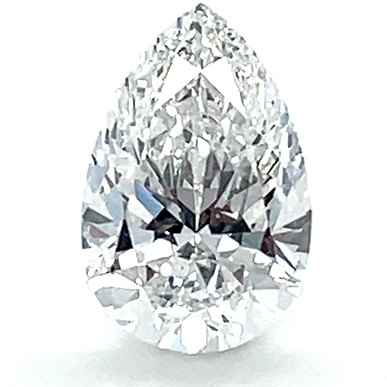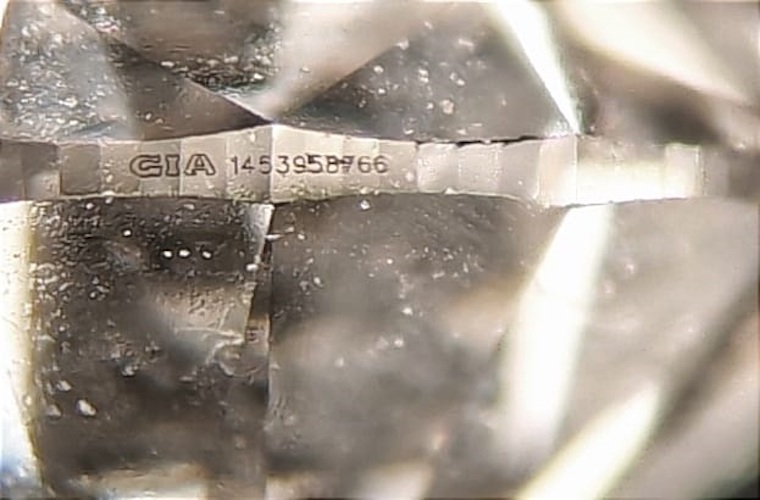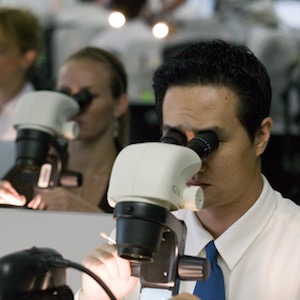
After two gemological labs found lab-grown diamonds with fraudulent inscriptions misidentifying the stones as natural, trade groups have introduced same-day services to verify a diamond’s inscription and origin.
On Sunday, the Diamond Manufacturers and Importers Association (DMIA) announced that it had installed four diamond identification machines at its New York City offices. Group members can use the devices free of charge, by appointment only.
The DMIA has also begun offering a same-day service with the International Gemological Institute (IGI) that allows for quick identification of individual diamonds as well as parcels.
GIA, meanwhile, is rolling out a same-day service meant to verify whether a diamond’s inscription or grading report corresponds to the actual stone. The service, which will initially be free, is expected to start next week, first in New York City, then in other markets. It will be open to walk-in clients, who can expect a 15-minute wait for one loose stone. (Mounted stones can be checked but will require more time.)
The news comes amid increasing reports of fraudsters marking lab-grown diamonds with counterfeit inscriptions that correspond to previously graded natural gems.
Earlier this month, IGI reported that a 6.01 ct. lab-grown pear-shape had been submitted with a fake GIA inscription (pictured at top) identifying it as a natural diamond.
While some took the announcement to imply that GIA had misidentified the diamond’s origin, an IGI spokesperson tells JCK that the inscription was a counterfeit not issued by GIA. The inscription did include a genuine report number that corresponded to a natural diamond GIA had graded.
IGI’s spokesperson says the “client submitted the stone [to IGI] for screening, to determine whether it was natural or not.”

Last week’s IGI release said that the diamond’s “carat weight, physical spread, and primary qualities matched the natural diamond’s online data.” However, subsequent analysis revealed a carbon inclusion in place of the feather indicated by GIA, as well as a mismatch in reported depth. The IGI cautioned that “such discrepancies could go unnoticed outside of a laboratory, particularly once the stone is set into a piece of jewelry.”
The lab isn’t releasing the name of the client, and added that the source of the fake inscription is “unknown.” The spokesperson says, “All IGI clients are subject to know-your-customer measures and compliance with our terms and conditions.”
In December, Italian lab Gem-Tech said it had spotted three synthetic diamonds with fake inscriptions that falsely identified them as GIA-graded natural diamonds.
Again, all three diamonds had the same weight and similar characteristics to the diamonds matching the fake inscriptions. But Gem-Tech detected differences in the diamonds’ reported proportions and fluorescence, and later confirmed the stones were grown with chemical vapor deposition.

“It would not be the first time that malicious individuals have legitimately obtained reprints of authentic reports and paired them with stones other than those described,” said the lab in a statement. “Furthermore, cloning a document by forging the type of paper backing and authentication systems is not particularly complex. The technology to laser-engrave any logo is now available to many, making it less secure.”
Gem-Tech noted that “new, more sophisticated systems are appearing on the market” that “are virtually impossible to counterfeit because they are based on laser inscription beneath the surface of the diamond.”
GIA warned last year that it had seen a number of diamonds with fake inscriptions.
(Top and diamond photos courtesy of IGI)
- Subscribe to the JCK News Daily
- Subscribe to the JCK Special Report
- Follow JCK on Instagram: @jckmagazine
- Follow JCK on X: @jckmagazine
- Follow JCK on Facebook: @jckmagazine






